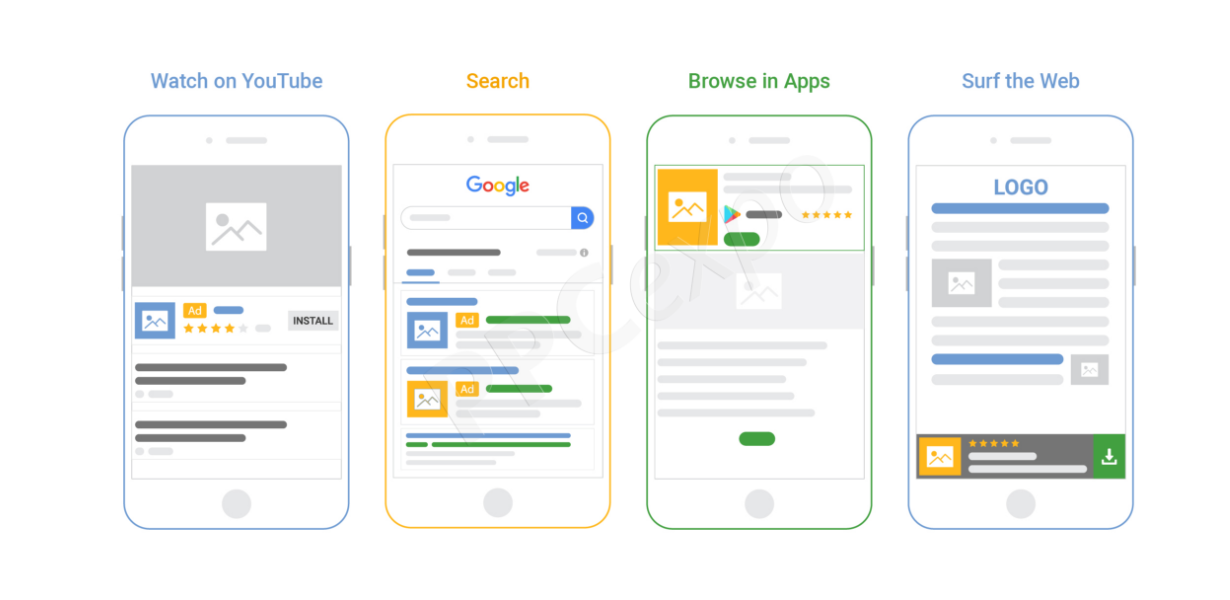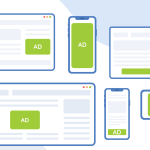
The Art of Immersive Advertising: How Brands Harness Augmented Reality Ad Formats
- Post
- August 9, 2023
- Ad Formats, Ad Serving Tech, Programmatic Advertising
- 0 Comments
In today’s rapidly evolving digital landscape, brands are continuously seeking innovative ways to stand out and engage their audiences. Enter the world of immersive advertising, where augmented reality (AR) ad formats have emerged as a game-changing tool for capturing consumer attention like never before.
The Rise of Augmented Reality Ad Formats
Augmented reality, a technology that overlays digital content onto the real world through devices like smartphones or AR glasses, has unlocked a new realm of creative possibilities for advertisers. With consumers increasingly craving interactive and personalized experiences, brands have found a powerful ally in AR ad formats.
Engaging Mobile Ad Formats
In a mobile-centric world, AR ad formats offer a unique advantage. Brands can seamlessly integrate interactive AR elements into mobile apps, providing users with captivating experiences that blur the line between the virtual and physical worlds. From virtual try-ons to interactive product showcases, these formats enable brands to create lasting impressions.
Creating Memorable Brand Experiences
AR ad formats transcend traditional advertising by allowing consumers to actively participate in the content. Whether it’s visualizing furniture in their living room or virtually sampling makeup products, users become co-creators of their experiences. This engagement not only boosts brand recall but also fosters a deeper connection between consumers and brands.
Enhancing Consumer Decision-making
The immersive nature of AR ad formats extends beyond entertainment—it plays a pivotal role in the consumer decision-making process. Shoppers can visualize products in their real environment, overcoming the limitations of online shopping. This leads to more informed choices, reducing the likelihood of post-purchase disappointment.
Challenges and Creative Solutions
While the potential of AR ad formats is vast, challenges like user adoption and technical barriers exist. Brands need to strike a balance between novelty and usability. Incorporating user-friendly interfaces and clear calls-to-action can drive engagement while minimizing friction.
Measuring Success: Analytics and Insights
To gauge the effectiveness of AR ad campaigns, brands leverage analytics that track user interactions, engagement rates, and conversions. These insights allow marketers to refine their strategies, optimizing content for better performance and higher returns on investment.
Collaborations with AR Platforms
Brands often collaborate with AR platforms like Snapchat, Facebook Spark AR, and Apple ARKit to tap into existing user bases. These partnerships offer access to tools and technologies that streamline the creation and deployment of AR ad formats.
The Future of Advertising
The rapid evolution of AR technology signals a promising future for immersive advertising. As AR devices become more accessible and sophisticated, brands will have unprecedented opportunities to craft dynamic, personalized, and contextually relevant ad experiences.
Final Words
Immersive advertising through augmented reality ad formats is reshaping the advertising landscape. By providing engaging, interactive, and personalized experiences, brands are connecting with audiences on a deeper level. As AR technology advances, the potential for even more transformative advertising experiences looms large.
Commonly Asked Questions
Q1: How do AR ad formats differ from traditional advertising?
A: AR ad formats leverage augmented reality technology to provide interactive and immersive experiences, whereas traditional advertising typically relies on static content.
Q2: Can small businesses benefit from AR ad formats?
A: Absolutely. AR ad formats can be tailored to various budgets and business sizes, enabling small businesses to create unique and engaging campaigns.
Q3: Are there industries that benefit more from AR ads?
A: Industries like fashion, beauty, furniture, and automotive particularly benefit from AR ads, as they allow customers to visualize products before purchase.
Q4: How do AR ad formats impact user engagement?
A: AR ad formats significantly enhance user engagement by offering interactive experiences that hold attention and encourage active participation.
Q5: What’s the learning curve for creating AR ads?
A: Thanks to user-friendly platforms and collaborations with AR technology providers, brands can create AR ad campaigns with varying levels of complexity, making the learning curve adaptable.




